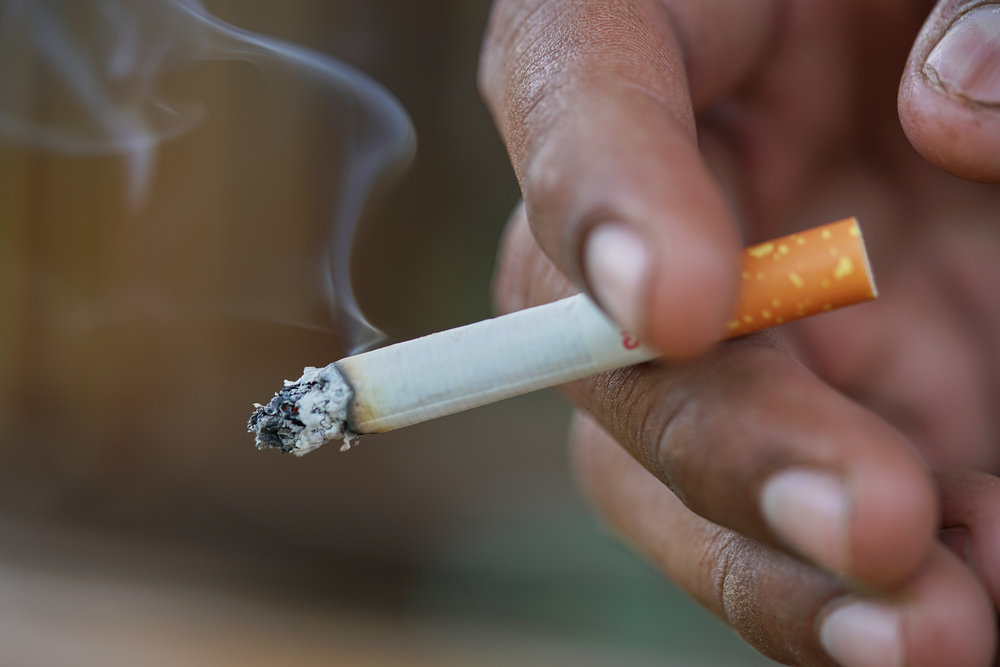Lowering Your Risk for Head and Neck Cancer
Three of the biggest risk factors for head and neck cancer are tobacco use, frequent alcohol use, and human papillomavirus (HPV). You can reduce your risk by taking steps to mitigate these risk factors.
Tobacco Use
Tobacco use, including cigarettes and chewing tobacco, is one of the biggest risk factors for developing head and neck cancer, specifically cancer of the mouth, throat, and voice box. Approximately 85% of head and neck cancers are linked to tobacco use, and depending on the frequency of the tobacco use, it can negatively impact the effectiveness of head and neck cancer treatment as well. When tobacco use is combined with alcohol consumption, the risk of developing head and neck cancer increases by 15-18 times compared to those who only use tobacco.
Information on Head and Neck Cancer and Tobacco:
- Tobacco Use in Cancer Survivorship
- Tobacco-related carcinogenesis in head and neck cancer
- How Cigarette Smoke Makes Head & Neck Cancer More Aggressive
- Oral Cancer Facts
- Head and Neck Cancer Statistics in the UK
General Facts and Resources:
Alcohol Use
Moderate to heavy alcohol consumption is a major risk factor that can lead to development of head and neck cancer, especially cancers in the mouth, throat and voice box. When tobacco usage is combined with alcohol consumption, the risk of developing head and neck cancer increases by 15-18 times more than individuals who don’t smoke.
- Alcohol and head and neck cancer risk in a prospective study
- Investigating the Association between Alcohol and Risk of Head and Neck Cancer in Taiwan
- The Alcohol Connection (Oral Cancer Foundation)
- Oral Cancer Facts
- Risk of head and neck cancer and the alcohol dehydrogenase 3 genotype
- Relationship of drinking to head and neck cancer
- Cancer Research UK Head and Neck Cancer Risk
General Facts and Resources:
HPV
A rise in oropharyngeal squamous cell carcinoma (cancers found in the back of the tongue and throat) are being found in a much younger population. Young men and women without the traditional risk factors, like smoking and drinking, are part of a growing trend of patients thought to have contracted the disease from exposure to the human papillomavirus, or HPV. In fact, HPV-related diagnoses of head and neck cancer have increased 225% since the 1980s. In 2018, throat cancer surpassed cervical cancer as the most common HPV-related cancer in the United States.
The best protection against HPV is vaccination. The prime time to be vaccinated is around age 11-13. Both boys and girls should be vaccinated. The HPV vaccine was also recently approved for use in adults up to 45 years of age.
Outside of vaccination, the best protection is safe sex practices, including correct use of condoms.
Information on HPV-related Oral, Head and Neck Cancer Resources:
Support & Informational Resources:






